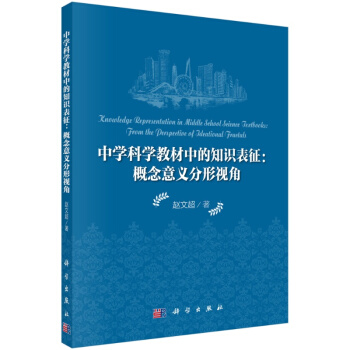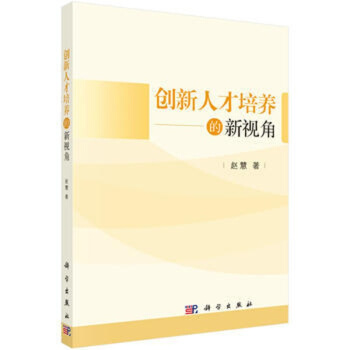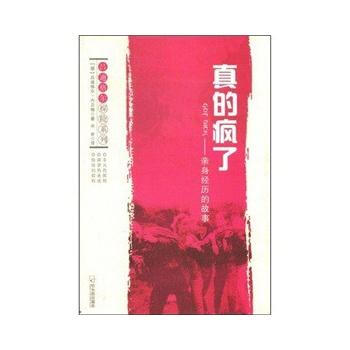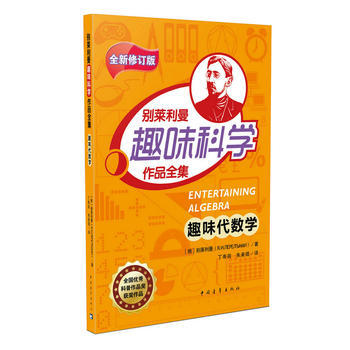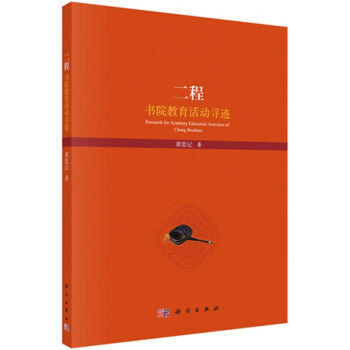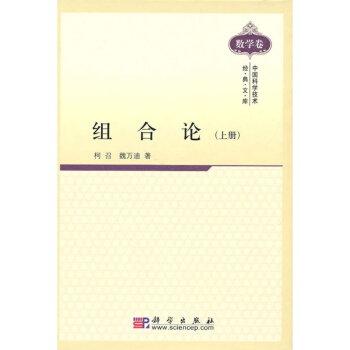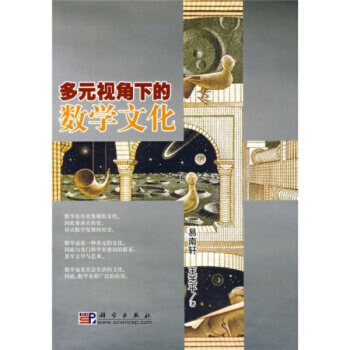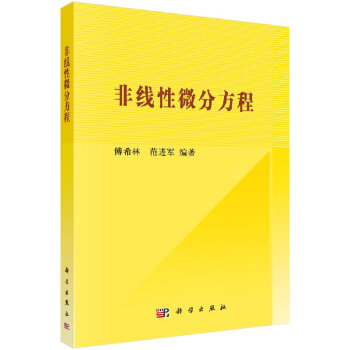
店鋪: 金衛文化圖書專營店
齣版社: 科學齣版社
ISBN:9787030498755
商品編碼:29914463302
叢書名: 中學科學教材中的知識錶徵--概念意義分形視角
齣版時間:2016-09-01
具體描述
本店POD版圖書均在書名下有明顯紅字標注,POD圖書屬於按需定製,您下單購買後我們纔開始印刷,故不可取消訂單。 我們一般會在您下單後的7-10個工作日內完成發貨,請謹慎下單!商品無質量問題不支持退貨,定價和裝幀可能會與原書不同,請以實物為準!詳情請谘詢客服 購買電子版圖書請與客服直接聯係,或者到科學齣版社電子商務平颱直接購買
| 中學科學教材中的知識錶徵:概念意義分形視角 | ||
| 定價 | 78.00 | |
| 齣版社 | 科學齣版社 | |
| 版次 | 1 | |
| 齣版時間 | 2016年09月 | |
| 開本 | 16 | |
| 作者 | 趙文超 | |
| 裝幀 | 平裝 | |
| 頁數 | 268 | |
| 字數 | 300 | |
| ISBN編碼 | 9787030498755 | |
目錄
Contents
序前言
Preface
Chapter 1 Introduction 1
1.1 A Brief Introduction to Ideational Fractals 1
1.2 Background of the Study 3
1.3 Objectives of the Study 7
1.4 Methodology and Data Collection 9
1.5 Terminology 13
1.6 Organization of the Book 18
Chapter 2 Literature Review 21
2.1 Linguistic Studies on SD 21
2.2 Multimodal Studies on SD 36
2.3 Interpretations of Knowle 45
2.4 Summary 54
Chapter 3 Theoretical Framework 56
3.1 The Framework for Analyzing Knowle Representation 57
3.2 SFL’s Multidimensional Interpretation of Language 60
3.3 SFL’s Exposition of Ideational Fractals 67
3.4 Semiotic Integration and Inter-semiotic Ideational Fractals 73
3.5 Martin’s Systemic Functional Exposition of Genre 80
3.6 Summary 82
Chapter 4 Clause Complexing in Knowle Representation 84
4.1 The Symbolic Representation of ICCs 84
4.2 The Structuring of OEMICCs 87
4.3 The Structuring of PMICCs 113
4.4 Summary 127
Chapter 5 Image-language Integrating in Knowle Representation 131
5.1 Identification of the Visual and Verbal Resources 131
5.2 The Integration of Images with Captions 140
5.3 The Integration of Images with Labels and Glosses 160
5.4 Summary 169
Chapter 6 Genre Complexing in Knowle Representation 171
6.1 AnAccount of the Genres Involved 171
6.2 Genre Complexing via Extension 173
6.3 Genre Complexing via Elaboration 185
6.4 Genre Complexing via Enhancement 197
6.5 Summary 210
Chapter 7 Conclusion 212
7.1 Major Findings of the Current Study 212
7.2 Significance of the Current Study 216
7.3 Limitations and Suggestions for Future Research 218
Appendices 220
References 229
List of Tables
Table 1.1 TheAmerican MSSTs used for the current study 10
Table 1.2 Statistics about the textbook data 12
Table 2.1 Key foci of dialogue between code theory and SFL(Martin & Maton, 2013: 1) 50
Table 3.1 Semiotic dimensions—type, relation, and orders (values) (after Matthiessen et al., 2010: 191) 61
Table 3.2 Modes of meaning and modes of expression (Matthiessen, 2007c: 778) 62
Table 4.1 Basic types of clause complex (Halliday & Matthiessen, 2004: 380) 85
Table 4.2 The distribution of the six types of OEMICCs 88
Table 4.3 The uses of the top 9 favored structuring patterns of OEMICCs 112
Table 4.4 The distribution of the four types of PMICCs 115
Table 4.5 The uses of the top 10 favored structuring patterns of PMICCs 126
Table 4.6 The distribution of the ICCs in the three sets of American MSSTs 127
Table 4.7 The frequencies of the logico-semantic relations manifested by the ICCs concerned in the three sets of MSSTs 129
Table 5.1 The distribution of the captioned visual images in the textbookdata 134
Table 5.2 The distribution of the image-caption relations in the textbook data 141
List of Figures
Figure 1.1 Vertical discourse as complementarity and cline (Martin, 2011b: 9) 17
Figure 3.1 An SFL-oriented framework for analyzing knowle representation 57
Figure 3.2 The stratal organization of context and language in terms of metaredundancy (after Martin, 2008: 32) 64
Figure 3.3 Realization in relation to instantiation (all strata instantiate) (Martin, 2010: 22) 67
Figure 3.4 Ideational fractals in different semantic environments (Halliday & Matthiessen, 1999: 223) 68
Figure 3.5 Acline of integration in relation to intermodality(Matthiessen, 2009a: 16) 76
Figure 4.1 The categorization of the OEMICCs in the three sets ofAmerican MSSTs 87
Figure 4.2 The distributions of OEMICCs in the three science subjects 91
Figure 4.3 The categorization of the PMICCs in the three sets ofAmerican MSSTs 114
Figure 5.1 The densities of each category of the visual images (in terms of type) in the three science subjects 135
Figure 5.2 The densities of each category of the visual images (in terms of function) in the three science subjects 136
Figure 5.3 A case of image-language integrating with verbal resources identified (Biggs & Zike, 2005: 77) 138
Figure 5.4 An example of captions and sub-captions comprising two parts (Trefil et al., 2007a:194) 140
Figure 5.5 The proportions of the elaborating cases of image-caption integrating in the three science subjects 142
Figure 5.6 The proportions of exposition to elaboration 143
Figure 5.7 An example of image-caption exposition for demonstrating entities (Horton et al., 2005: 27) 144
Figure 5.8 An example of image-caption exposition for demonstrating processes (Ezrailson et al., 2005b: 16) 144
Figure 5.9 The proportions of exemplification to elaboration 145
Figure 5.10 A case of exemplifying a categor y of entities in the image (Eddleman, 2007: 326) 145
Figure 5.11 A case of exemplifying a theoretical thesis in the image (Trefil et al., 2007c: 45) 146
Figure 5.12 The proportions of clarification to elaboration 148
Figure 5.13 A phrasal caption clarified by visual images (from Hsu , 2007: 262) 148
Figure 5.14 A hybrid image clarifying a verbal caption (Trefil et al., 2007b: 197) 149
Figure 5.15 The proportions of the extending cases of image-caption integrating in the three science subjects 150
Figure 5.16 An example of image-caption integrating through augmentation (Trefil et al., 2007a: 119) 151
Figure 5.17 An integrating example with caption augmented by image (Eddleman , 2007: 272) 152
Figure 5.18 An example of image-caption integrating with divergence (Trefil et al., 2007c: 282) 153
Figure 5.19 The proportions of the enhancing cases
用戶評價
評分
評分
評分
評分
評分
評分
評分
評分
評分
相關圖書
本站所有內容均為互聯網搜尋引擎提供的公開搜索信息,本站不存儲任何數據與內容,任何內容與數據均與本站無關,如有需要請聯繫相關搜索引擎包括但不限於百度,google,bing,sogou 等
© 2025 book.coffeedeals.club All Rights Reserved. 靜流書站 版權所有

